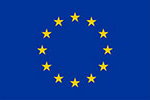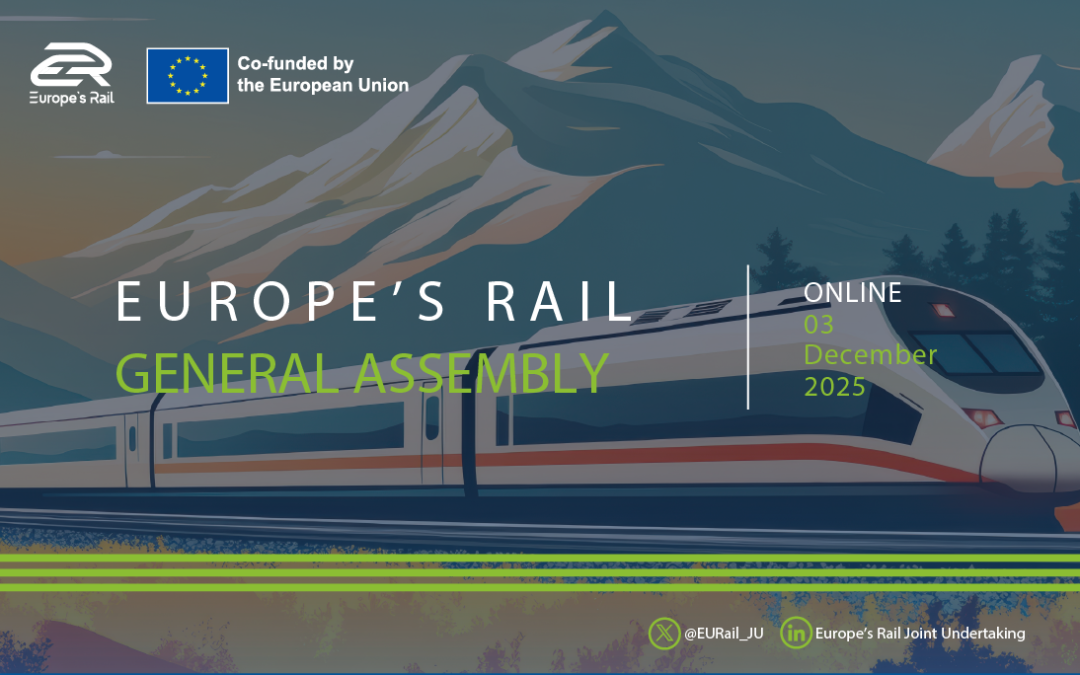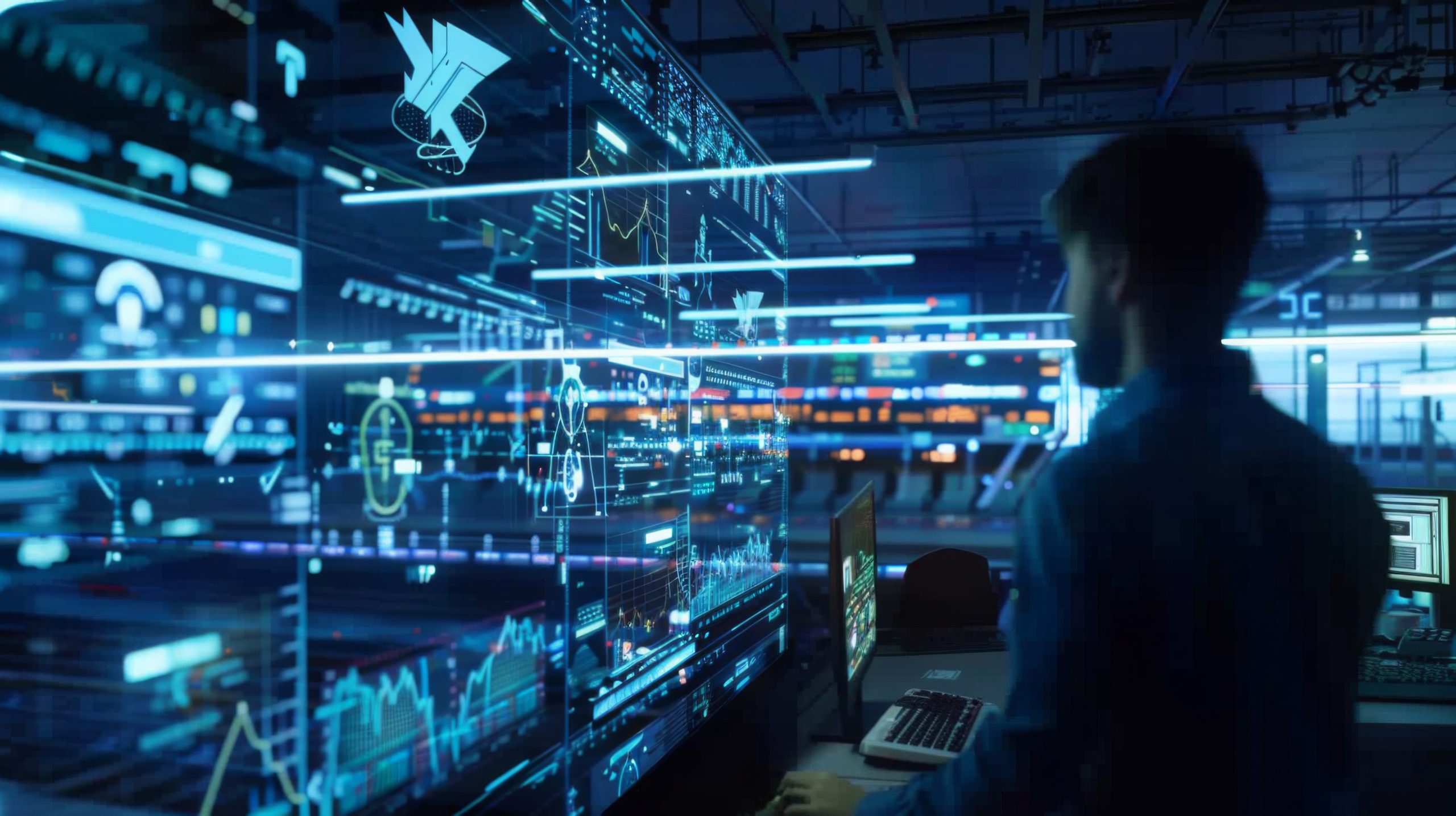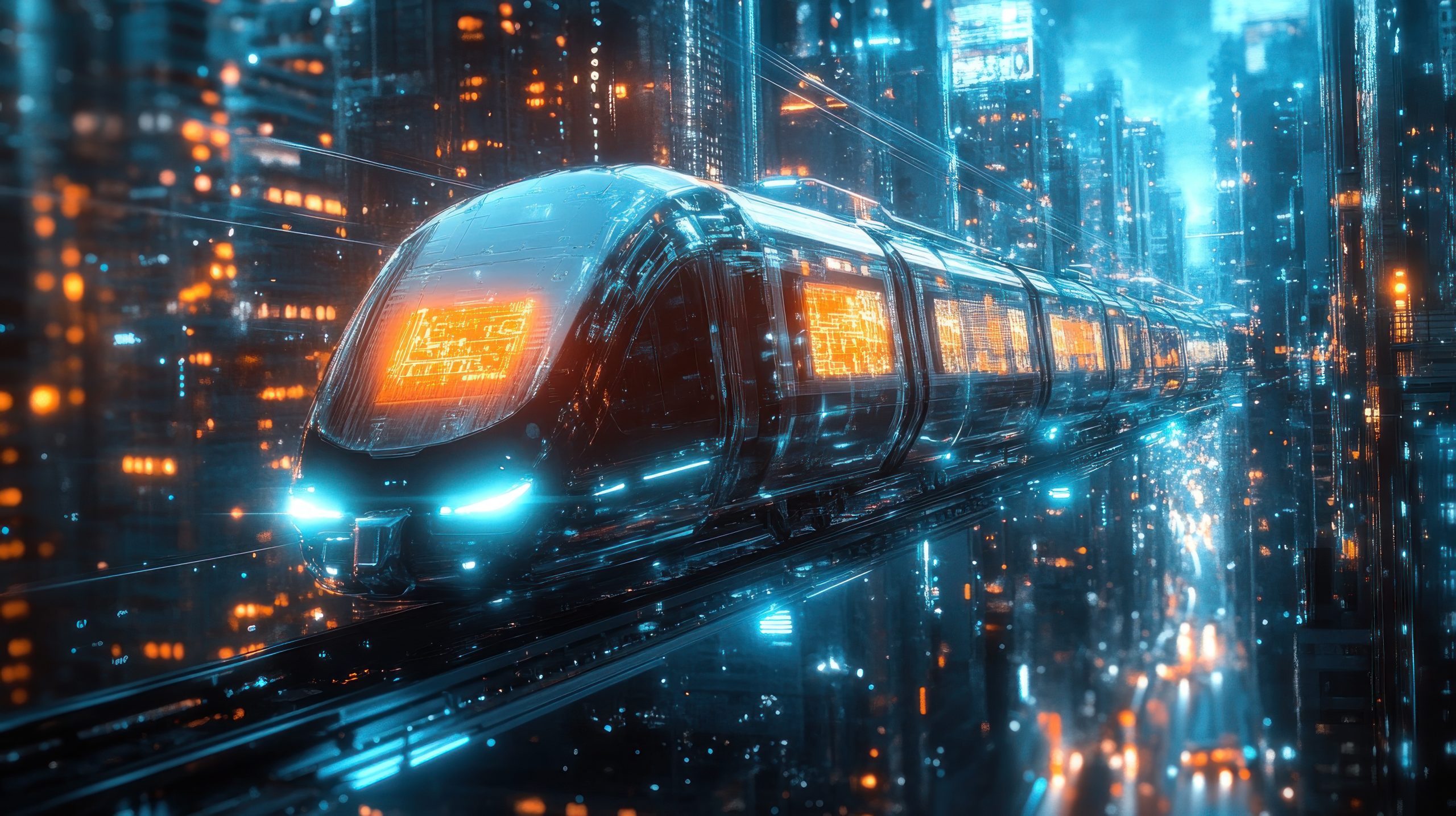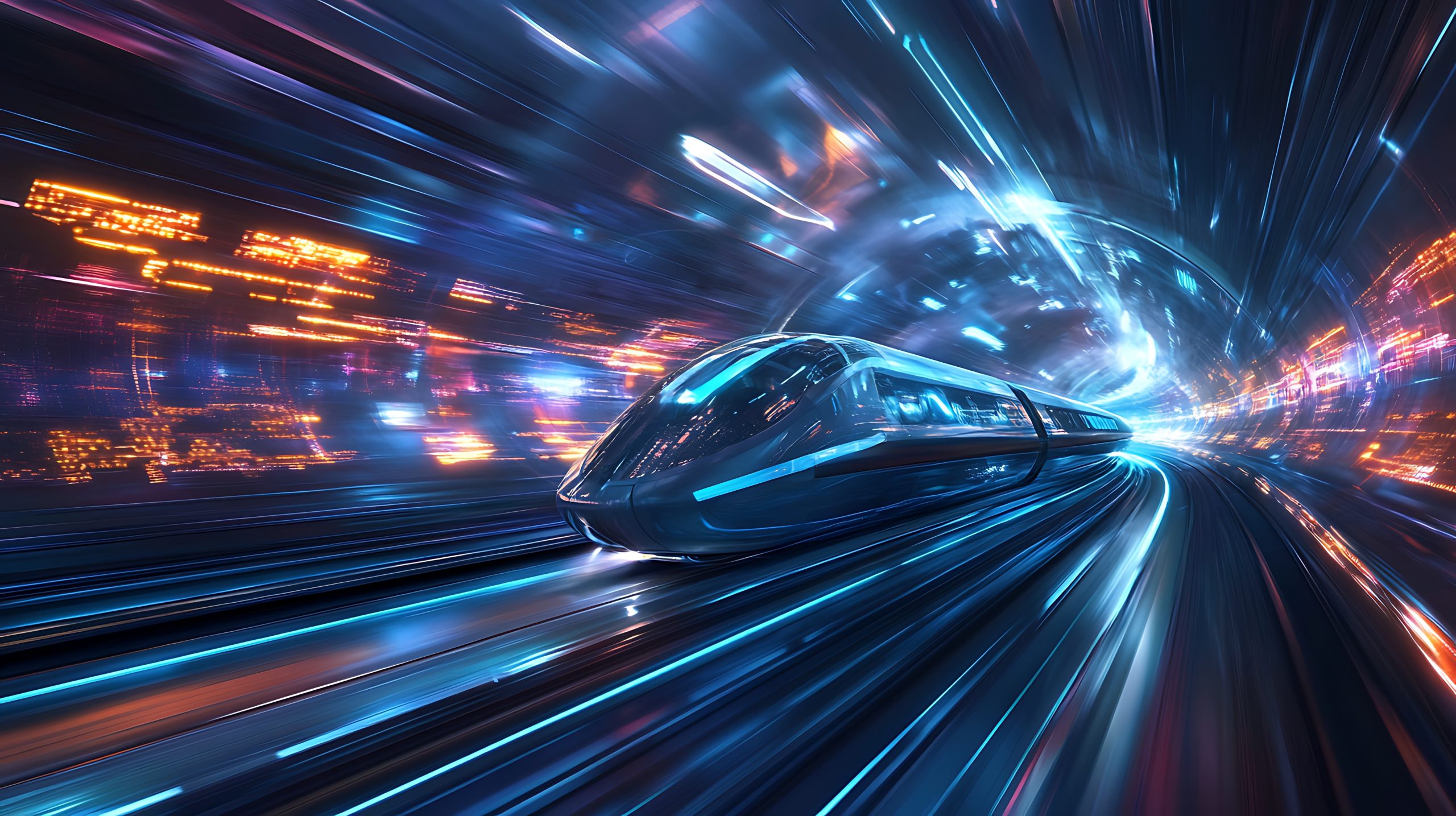Among the nine major Flagship Projects (FPs) funded by Europe’s Rail Joint Undertaking (EU-Rail), FP2-R2DATO plays a...
Project structure
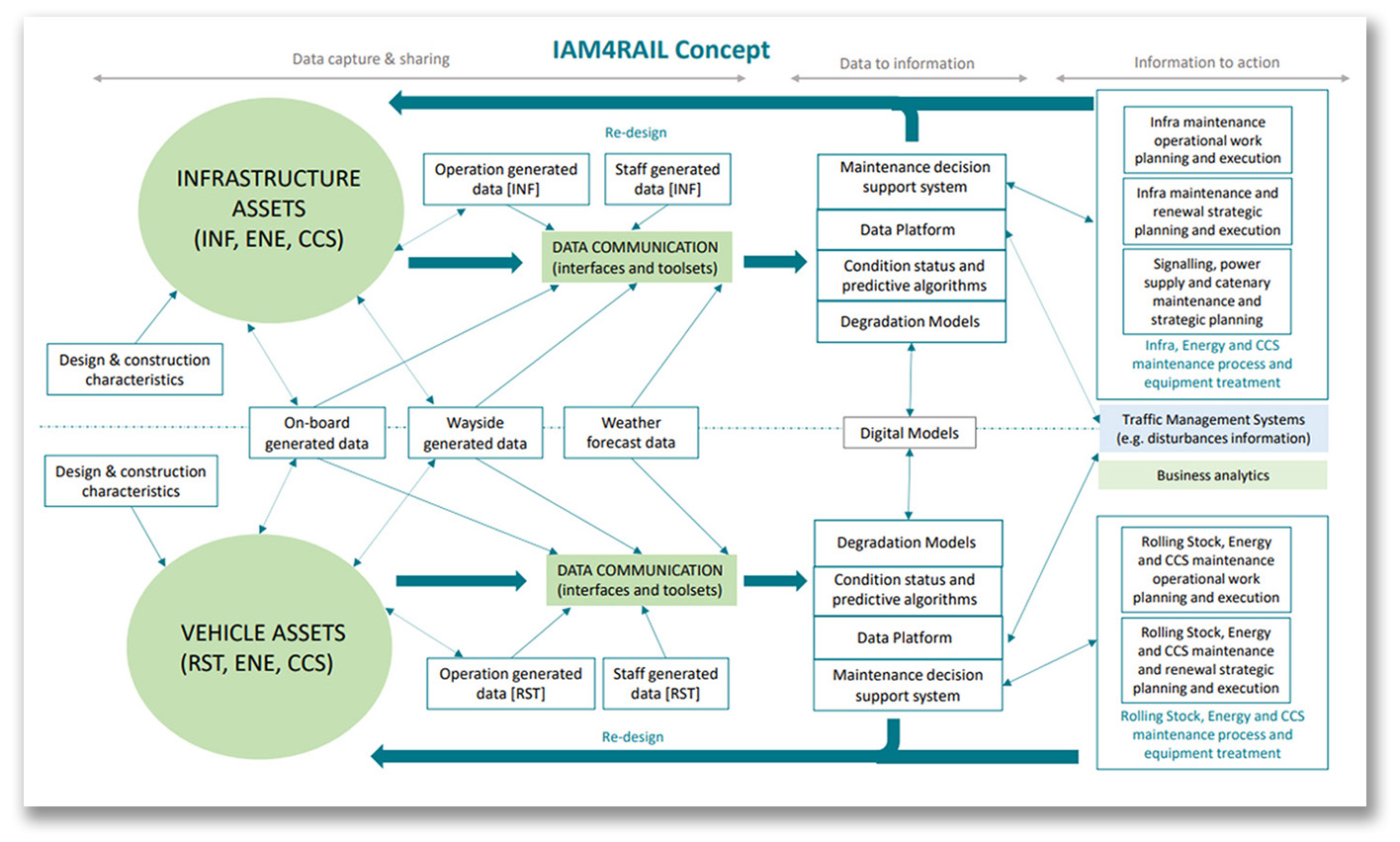
WP01 Project Coordination
The objectives of this work package are to provide the appropriate tools for the coordination of the project which can grant its efficient and smooth management. These elements must be guided by the compulsory framework such as the Horizon Europe regulation EU 2021/695, the Council Regulation EU 2021/2085, and the Model Consortium Agreement (MCA). Also, guidance can be obtained following the recommendations of the Project Management Handbook approved by the Europe’s Rail Joint Undertaking (ER JU) Governing Board.
WP02 System Vision, Architecture & Validation
The objectives of the WP are to coordinate the technical particularities of the project in a homogenous approach, as well as the relation with other relevant FPs and the different interactions with theSystem Pillar, this includes, also, the Safety Requirements to perform efficiently the demonstrations. Therefore, the high-level objectives of the work performed in this WP aim to ensure that the common baseline of the architecture of the WPs remains aligned, to ensure efficient interaction with the system pillar, to guarantee and fostering the cooperation and alignment with Destination 1, and Destination 5 and to coordinate the elaboration of the Safety and security requirements to be implemented in the architecture and demos
WP03 Wayside Monitoring and TMS link: Design and Deployment
The Objective of WP3 is to design the generic architecture and to implement field installations for the setup of an Intelligent Asset Management System (IAMS) paving the way for the development of analytics and the integration with the TMS that WP4 will carry out.
WP04 Wayside Monitoring and TMS link: test and Validation
WP4 will focus on the fine-tuning of the data collection processes, on the design refinement, development, and integration of analytics methodologies, and on the integrated demonstration at TRL 6/7 of the Use Cases (UC) defined in WP3 in line with the specific UC requirements and the guidelines of WP2. The objectives are to collect, process and analyse Diagnostic & Operation data coming from different railway systems to provide nowcasting and forecasting capabilities on the status of the monitored assets.
To define predictive and prescriptive functionalities with regards to asset status determination and intelligent maintenance thanks to WP3 data that will be fed to the analytics and to develop a Decision Support System (DSS).
WP05 Rolling Stock (on-board): Data acquisition and monitoring technologies
The objective of WP5, addressing Rolling Stock, is to provide and develop technologies for on-board inspection and monitoring of Rolling Stock sub-systems and components, applicable for several line types. Relying on previous European projects such as PIVOT2 (GA ID: 881807) or PINTA2 (GA ID: 826054) where appropriate technologies for some assets like bogie and traction components, esp. for journal bearing and wheel monitoring, have already been successfully developed, WP5 will focus on those technologies that do not yet have reached necessary maturity level and to extend the monitoring range / application of existing technologies to further components by definition of physical parameters for anomaly detection.. Overall WP5 will provide technological foundations to fully leverage the value of data for rolling-stock asset management in WP6.
WP06 Rolling Stock (on-board): Data acquisition, monitoring technologies, asset prognosis and feedback into operational processes
The objective of WP6, addressing Rolling Stock operating on different types of lines and under different climate conditions, is to design, develop, validate, and deploy at TRL 6/7 CBM (condition-based maintenance) based on ML (machine learning), predictive algorithms and digital process aids capable of supporting the railway maintainers, owners, and operators in the decision-making process. Even though, the focus of this WP will be on passenger trains, there will be a strong link with WP7 which also includes the monitoring of Freight.
WP07 European Railway Checkpoint for mixed traffic
This WP7 considers the integration of previous achievements in the railway sector on wayside monitoring, but also the development of new solutions applied for lines with cross-border and mixed traffic to create a more complete European Railway Checkpoint, including the required inputs for their basic specifications. The main objective is to provide and develop technologies for the installation of European Railway Checkpoints being control points in relevant sections of the TEN-T along the railway network with multiple arrays of sensing.
WP08 Long term asset management and LCC
The main objective of railway asset management is to provide the required function of availability for all assets to be in working order with an optimized utilization of resources whilst ensuring safety. This is translated into an increase of the actual number of train slots available for the traffic operations, according to a timetable within the constraints of the characteristics of railway infrastructure, and the operative rolling stock over it. With the objective to support long-term asset management and life cycle cost optimization through effective and efficient forecasting, planning and utilization of resources. Decision support stems from data and information from e.g., sensor and data acquisition technologies, modelling, digital twins, artificial intelligence in combination with TMS, GIS, CMMS, and asset registers to create a versatile platform to help us facilitate decision making in the dimensions of time, geography, and asset type.
WP09 Track infrastructure
WP9 develops asset management solutions for the track structure, including plain track, switches, and crossings (S&C), catenary, and other elements of the track structure. Particularly, WP9 develops innovative wayside, onboard and crowd-based sensing solutions for the timely extraction of track infrastructure data. The data is converted into information/ knowledge using AI- and physics-based methodologies for anomaly detection and failure prediction. Then, the solutions are embedded into digital tools to support decision-making from existing and improved asset management platforms for track structure to reduce costs and increase safety, while considering constraints given by nowadays requirements on sustainability, resilience, trustworthy digitalization, and ethics.
WP10 Multi-Source/Multi-purpose IAMS application: scope refinement & quick wins
The objective of this work package is to bring asset management solutions devised in the context of previous EU projects including those in Shift2Rail JU (i.e. IN2SMART and IN2SMART2) not mature enough at the next level of its application, and above all, explore and deploy the innovative solutions for the rail infrastructure subsystem in an operational environment with the focus on “short-term asset management” and off-site work preparation to be integrated as a multi-source/multi-purpose (MSMP) asset management platform. To fulfil this objective the focus is to provide – and apply – traceable diagnostic and prognostic information in a continuous manner based on embedded wayside and onboard sensors to support day-by-day decisions by maintenance experts and asset managers.
WP11 Multi-Source/Multi-purpose IAMS application: development & demonstration
The objective of this work package is to conduct the main body of development for work in tasks including the demonstration of the applications conceptualized and started in WP 10 for the multi-source/multi-purpose (MSMP) asset management platform. The scientific development focuses on data analytics to utilize numerous waysides and train borne sensors including new sensor concepts and configurations. The necessary data sets are gathered in operational environment utilizing wayside and train-borne sensor systems in diverse EU member states such as Spain and the Netherlands operational environments and climate types providing the base for a successful cross-border and interoperable demonstration. at The detailed objectives of this work package are aligned with WP10.
WP12 Vision, Requirements and Data Collection for Civil Engineering Asset Management
This work package (in coordination with WP13) aims to enhance the whole life-cycle management of civils, addressing various assets and systems including railway civil structures such as tunnels and bridges; civil works including earthworks and their environment; vegetation, landslides, floods, and other external factors from various sources influencing railway infrastructures.
WP13 Implementation and Demonstration of Intelligent Maintenance Tools for Civil Engineering Asset Management
WP13 is dedicated to the development and implementation of the technological demonstrator based on the outcome of the activities performed in WP12. The overall ambition of the WP is to create a working environment at different planning levels (strategic, tactical, and operational) where information coming from various sources of data are jointly exploited to provide maintenance decision-support.
WP14 Use of Digital Twin (DT) Technologies for assets management: design and methods
In coordination with WP15, the objective of this work package is to develop methods to exploit Digital Twin (DT) technologies to improve reliability, safety, efficiency, and effectiveness of key asset management tasks. Targeting a TRL7. WP14 and WP15 focus on specific applications that present needs and challenges which are common in the project (asset modelling, secured data acquisition and exchange, data fusion, data presentation and behavioural simulation), therefore constituting a reference best practice for Digital Twin deployment.
The main goals of WP14 are the definition and specification of the data and technical requirements and prepare and tune the various data streams for the data collection and implementation phase that is implemented in WP15.
WP15 Use of DT Technologies for assets management: implementation and demonstration
In coordination with WP14, the objective of this work package is to develop methods to exploit Digital Twin (DT) potential to improve reliability, safety, efficiency, and effectiveness of key asset management tasks, focusing on the development of the Integrated Demonstrator, targeted at TRL7, and validation of the demonstrator.
WP16 Sustainable and cost-efficient eco-design for rail assets
To respond to current challenges (particularly climate issues) new solutions for a more sustainable railway system with improved performance and capacity must emerge. Therefore, this WP will focus on extending the lifespan of infrastructure subsystems across Europe that are limited by single components. The WP is aimed at lowering the overall maintenance downtimes of track and turnout systems while increasing the availability of the rail lines. In addition, life cycle cost of assets is simultaneously reduced.
WP17 Repair metallic assets and spare parts for vehicles using Additive Manufacturing
The aim of the work described in this WP is to apply novel Additive Manufacturing (AM) technologies to address fundamental issues which limit the lifetime of railway metallic components and spare part management (e.g., new reparation methods to extend the life cycle of assets, and new manufacturing techniques for spare parts of key assets). The use of AM for railway maintenance is demonstrated in the following applications: manufacturing of spare parts, repair of infrastructure and rolling stock and a digital warehouse for spare parts.
WP18 Robotics Platform
The development of a robotics platform and of it related tools (e.g., a certification framework) is one of the priorities for the railway industry. It gives birth to a new generation of cross-border tooling. For many reasons, railway robots must be developed in modular form (composed of standard building blocks selected according to the need). Therefore, a platform, and even more so an open-source platform, is the best strategy for implementation. Standard existing technical tools to support this strategy are analysed. Some are selected and adapted for railway applications.
WP19 Exoskeleton and Augmented Reality for railway maintenance
The aim of this WP is the development of novel and smart assistive tools to support workers in their daily railway maintenance tasks. More specifically, technology is developed to improve human safety and skills in workplace through Exoskeleton and Augmented Reality systems. Real use case specifications must be gathered, and improved systems and technology is to be developed. Finally, novel exoskeleton and AR tools are to be tested and demonstrated in real railway maintenance tasks. The goal is to demonstrate developed technology in real working sites reaching TRL5.
WP20 Communication, dissemination and exploitation of results
The objective of this work package is to ensure that the project results and outputs are disseminated widely and effectively exploited by their target group across Europe’s Rail JU, rail sector, and beyond. Efficient communication and dissemination activities serve to first form and engage a community of stakeholders, and then spread the results of joint efforts widely to all target audiences in an optimal manner.
